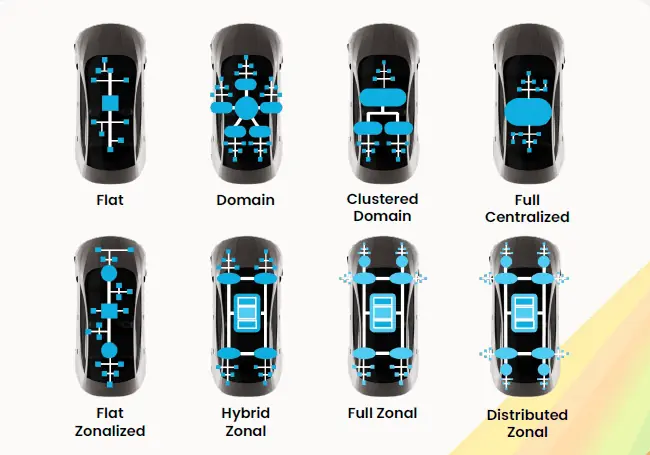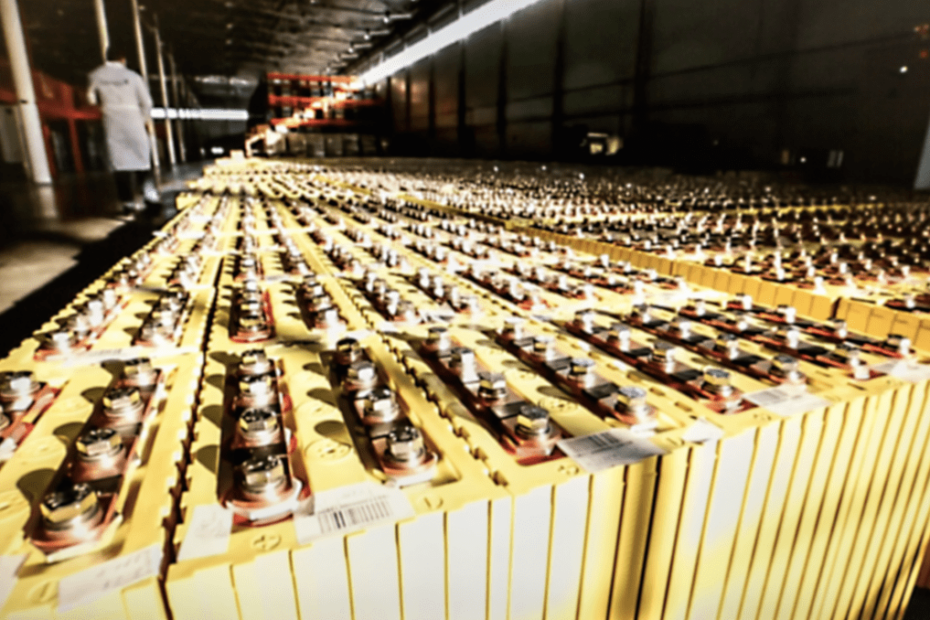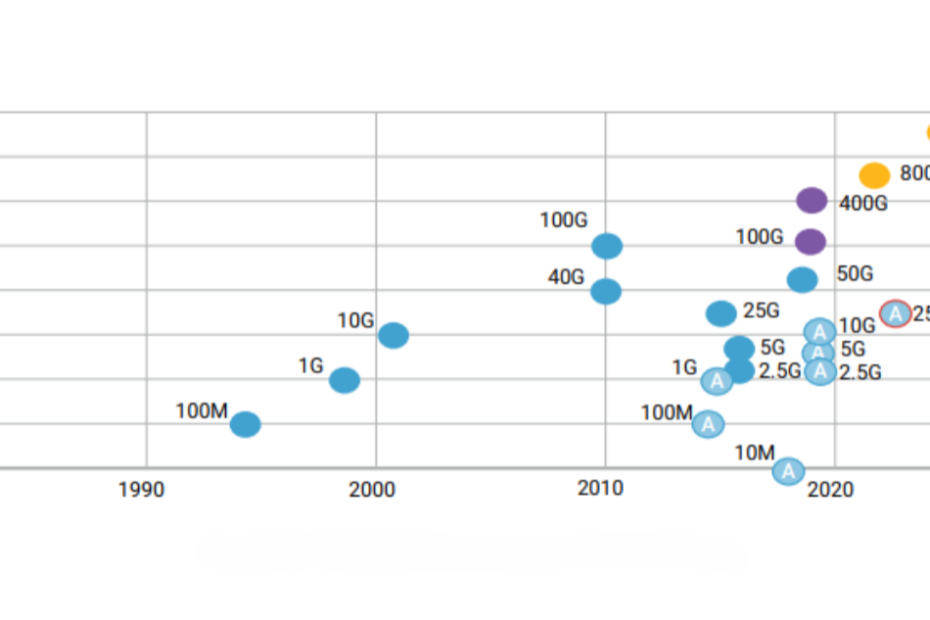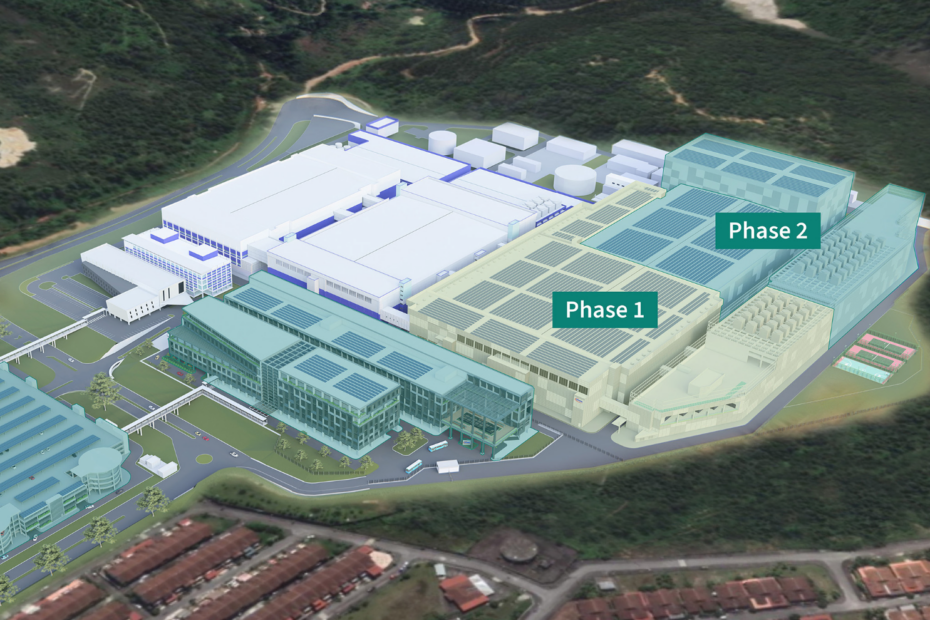US Semiconductor Hegemony is Real and Unassailable
By Bolaji Ojo
What’s at stake:
To succeed as a chipmaker, it would be foolish to ignore America’s government. It has always had a chokehold on the IC business globally; only companies and countries endorsed by America can operate unhindered in the market. The CHIPS Act and the revival of local manufacturing will help extend America’s hegemony for many more years.
No semiconductor manufacturer – wherever located and irrespective of ownership – is independent of the United States’ government .
This has been the case from the beginning of the industry and through its several evolutions. It did not change when captive chip businesses were spun off by OEMs or through the advent of foundries, fabless vendors and the shift of semiconductor production to different parts of Asia.
A new era of American hegemony is upon us, fostered by efforts to reignite local chip production. Other nations and regional bodies, including China, Japan, Korea and the EU, are trying to claw back some authority over the market but their success will still be primarily determined by America, according to observers.
Read More »US Semiconductor Hegemony is Real and Unassailable








